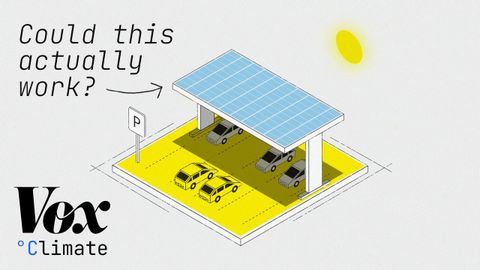蓋停車場可以對抗「氣候變化」?!WSJ 解釋給你聽!(How to fight climate change with parking lots)
 沒有此條件下的單字
沒有此條件下的單字- n. (c./u.)大小;規模;魚鱗;比例;等級;標尺
- v.t./i.測量;攀登;魚鱗
US /əˈɡrɛsɪv/
・
UK /əˈgresɪv/
- adj.激進;侵略性的;(疾病)快速發展的;積極的
US /ɪkˈspoʒɚ/
・
UK /ɪk'spəʊʒə(r)/
- n.未經照射的 ; 未曝光的;曝光;揭露(某事);揭發(某事);曝露;暴露;曝曬;(醫療)失溫;暴露;(金融)風險承擔
